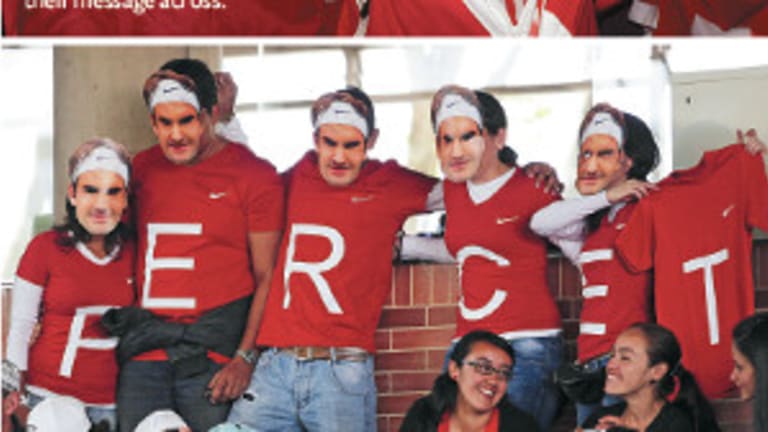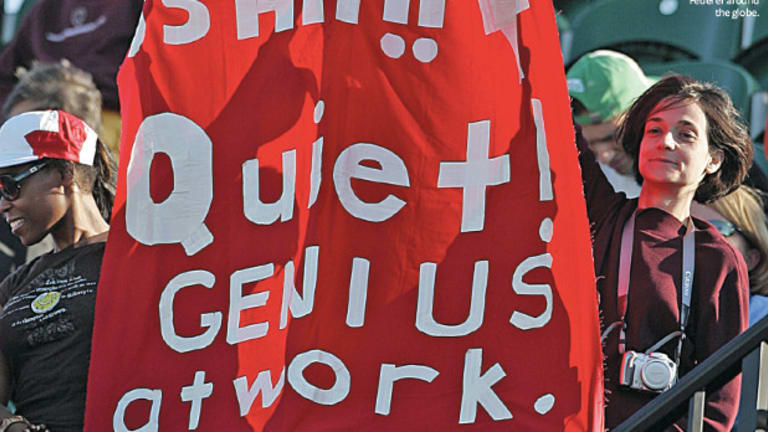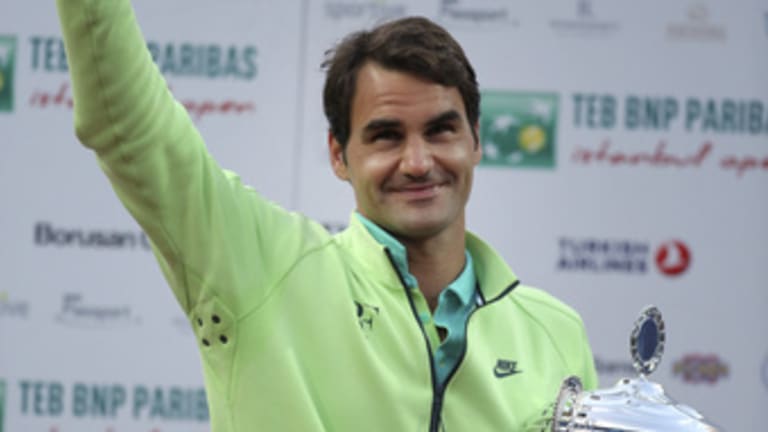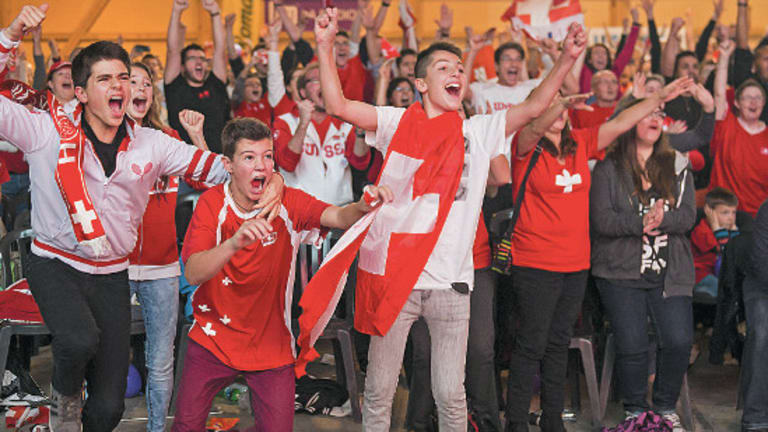We may never know who the world’s biggest Roger Federer fan is. To find this fervently and perhaps frighteningly devoted individual, we would need to survey the 14 million people who have made Federer their friend on Facebook, the 2.8 million people who follow him on Twitter, the 350,000 registered users at his website, rogerfederer.com, and the millions more who, unfortunately for his opponents, make the Swiss Maestro feel as if he’s playing tennis at home even when he’s thousands of miles away from it.
We might also need to investigate Brazil. After visiting the country for the first time, in 2012, Federer told the Swiss paper Tages Anzeiger, “I met more fans that collapsed in tears than elsewhere. It was amazing how many were shaking. I had to practically take them in my arms and say, ‘It’s OK, it’s OK.’”
Yet even among that globe-spanning cross-section of humanity, Michele Drohan, a Massachusetts native and Manhattan resident who has never set foot in Switzerland nor spoken with Federer face-to-face, says she “automatically wins any contest in which someone tells me they’re a bigger Federer fan.” Her trump card? The “RF” logo she has tattooed on the inside of her left wrist.
“I got it the day Fed won the French Open in 2009,” she says, while admitting that a celebratory beverage or two may have played a role in the decision. “My friends and family actually think it’s great, or so they say. Of course, there are a few people who think it’s nuts.”
The tennis nut is not a new phenomenon, but fans of today’s players have made the term seem more apt than ever. The sport’s current crop of likable, durable superstars—Federer, Rafael Nadal, Novak Djokovic, Serena Williams, Maria Sharapova, Caroline Wozniacki, Ana Ivanovic, and others—have inspired impassioned communities of followers on social media and given the game’s enthusiasts a new, collective, sometimes obsessive voice. Few, if any, sports are better suited to the Internet; in any given location, tennis fans may be sparse, but they can be found in virtually every country. And when it comes to the most famous player, Federer and his traditionalist appeal know no boundaries.



